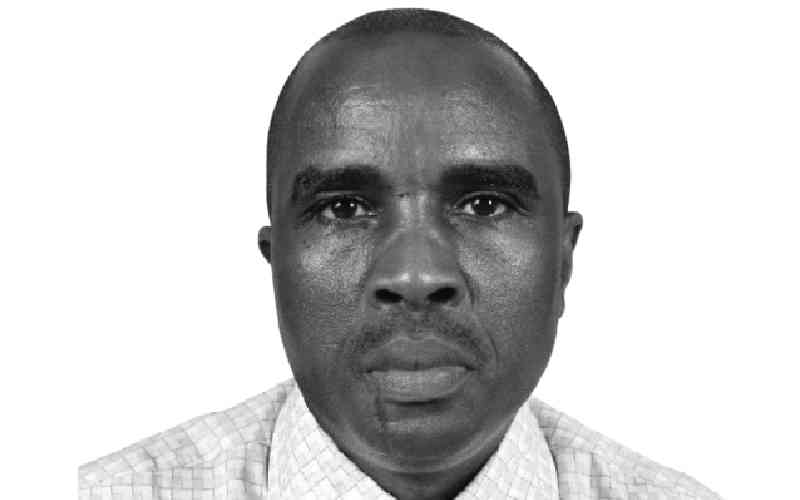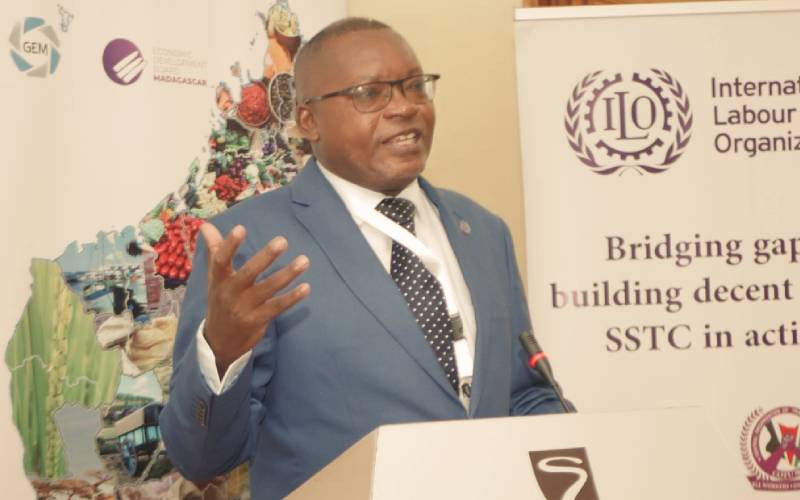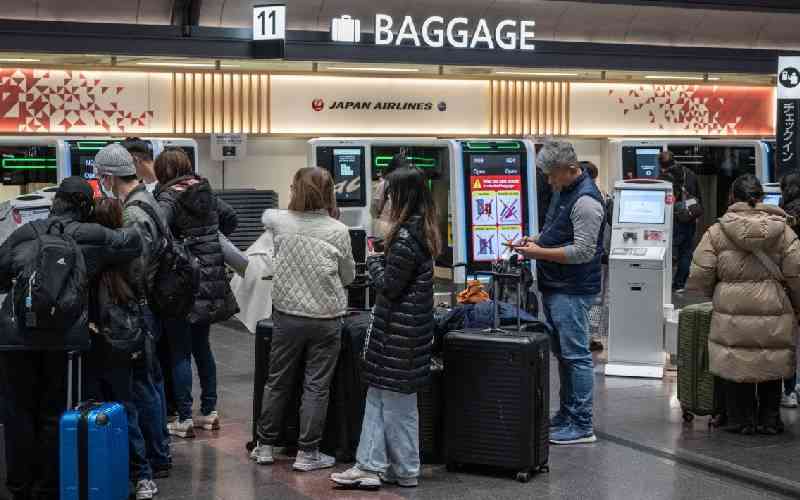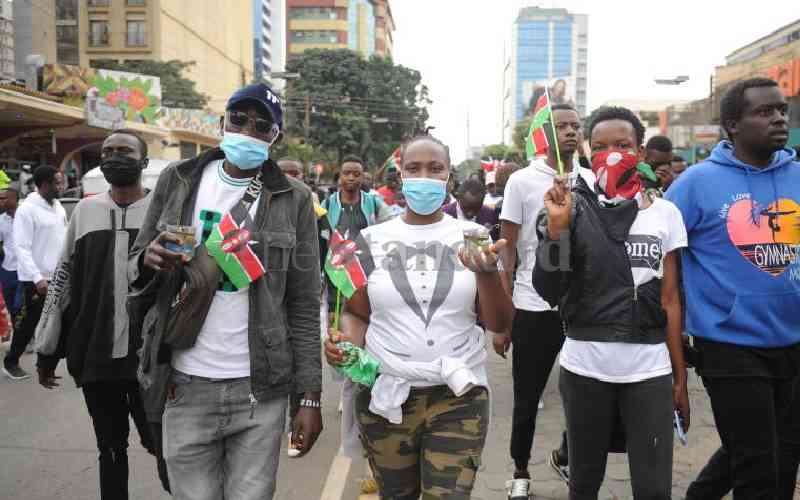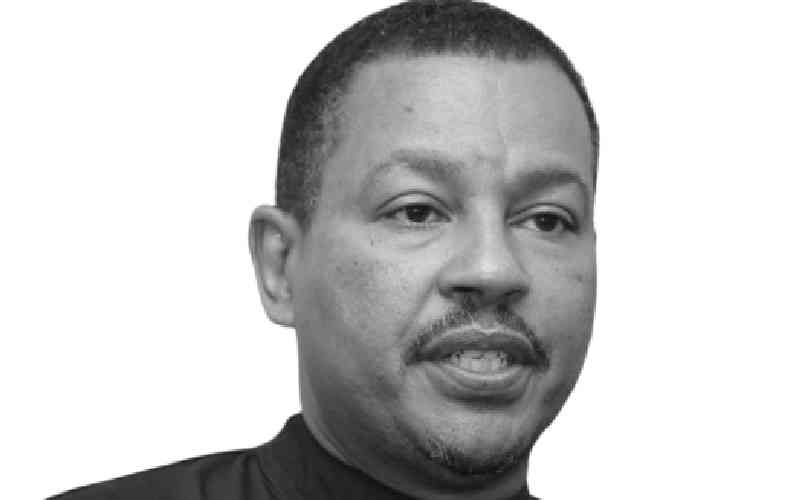
Despite a decade of disinformation and double speak, I remain committed to the power of data and evidence-based arguments. In this spirit, I welcomed the presence of the Police Inspector General before Parliament this week to submit statistics on abductions and missing persons. Delving deeper, what does it tell us about the recent abductions of protesters and other crimes?
Douglas Kanja appeared before the Senate Departmental Committee on Administration and Internal Security bearing data on the recent spike of kidnappings and abductions. His presence followed the National Assembly’s summons to former Interior Cabinet Secretary. On September 24, Dr Kindiki told the National Assembly Committee that 42 people had been killed, 132 were missing and 1,208 had been arrested during the protests.
Thursday’s IG statement cited 42 deaths, 347 injuries, 57 abductions and 1,552 arrests. He denied that any State abductions have taken place, arguing instead that most of the protesters who had claimed they had been unlawfully abducted had gone into hiding to avoid arrest. Most of the cases reported are “pending under investigation”.
The Kenya National Commission on Human Rights has verified 61 police killings, 73 abductions and missing persons and 1,765 arbitrary arrests of protesters. Many of the dead are under the age of 35 and they died of gunshots to the head, back or other vital organs. While overwhelmingly male, the victims also include women and children.
While not perfectly aligned, the numbers are comparable. They confirm that the last six months of State violence have been unprecedented, particularly given almost all deaths and injuries were primarily due to police use of lethal and less lethal weapons on unarmed demonstrators.
The IG report appears to have captured all kidnappings and abductions reported to the police. It doesn’t disaggregate or appear to include several known protest-related abductions by State agents. Blogger Billy “Crazy Nairobian” Simani, analyst Shad Khalif Kiprono, Doctor Austin “Japrado” Ocholla, parliamentary aide Gabriel Oguda, veteran editor Macharia Gaitho and most of the 69 other abducted or still missing protesters are not on the police list.
Bob Njagi, brothers Longtone and Hamid Jamil are on the list, and it is noted that they “have yet to report to the police for statement recording”. Perhaps they feel their 32-day incarceration was enough time for statement-taking? Four of the seven Turkish refugees abducted and refouled back to Ankara against international humanitarian law also appear. The omission of Abdullah Genç, Necdet Seyitoglu and Saadet Tascı who were publicly kidnapped and then released by the State seems selective.
A tsunami of videos, CCTV recordings, habeas corpus applications and national and international media stories laced with interviews of survivors and victims’ families reinforce the data that is now available. It has left the nation traumatised. As if things couldn’t get worse, we learn that 97 women have been mutilated and killed over the last 90 days. A society free from danger and fear is slipping away.
As Deputy IG David Lagat has argued perhaps it is time for greater State-civil society collaboration, even as we disagree on abductions. If opinions without facts are illogical and statistics without analysis are meaningless, it is also true that facts and analysis without remedy are futile.
The Human Rights Watch abductions report released this week offers several recommendations for parliamentarians, the Interior Ministry, police leadership, human rights agencies, friends of Kenya and the public. Detailing numerous survivor testimonies, the report demands the disbanding of the multi-agency unit currently responsible for the abductions and arbitrary arrests. It also calls for the establishment of a tribunal of investigators, prosecutors and judges supported by the African Union and the United Nations.
Throwing up a blue code of police silence will not reverse recent abductions, injuries and deaths. We know from history, buried illegalities always resurface. Police documentation and parliamentary accountability are important steps. However, to avoid sowing the seeds of impunity, a more radical and honest break with the past is now needed.
 The Standard Group Plc is a multi-media organization with investments in media
platforms spanning newspaper print operations, television, radio broadcasting,
digital and online services. The Standard Group is recognized as a leading
multi-media house in Kenya with a key influence in matters of national and
international interest.
The Standard Group Plc is a multi-media organization with investments in media
platforms spanning newspaper print operations, television, radio broadcasting,
digital and online services. The Standard Group is recognized as a leading
multi-media house in Kenya with a key influence in matters of national and
international interest.
 The Standard Group Plc is a multi-media organization with investments in media
platforms spanning newspaper print operations, television, radio broadcasting,
digital and online services. The Standard Group is recognized as a leading
multi-media house in Kenya with a key influence in matters of national and
international interest.
The Standard Group Plc is a multi-media organization with investments in media
platforms spanning newspaper print operations, television, radio broadcasting,
digital and online services. The Standard Group is recognized as a leading
multi-media house in Kenya with a key influence in matters of national and
international interest.


